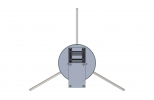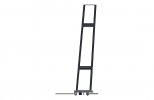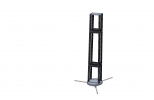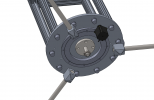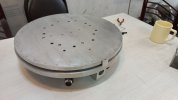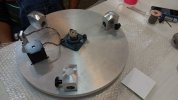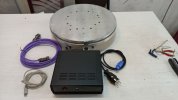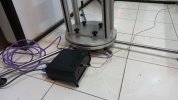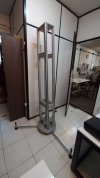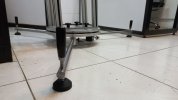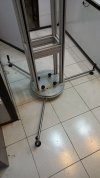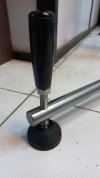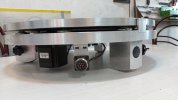Unsure if this project is completely abandoned but i saw a mention of isogeometric analysis a few pages back and thought i would mention a recent thesis i read which has a section on inverse acoustic scattering problems and field recreation using IGA (among some other very intriguing topics). For those unaware IGA is essentially the next evolution of the finite element method that using NURBS splines to represent geometry which have numerically stable refinement properties unlike FEM, as such much higher accuracy can be obtained using this technique which is growing in popularity slowly. While IGA has mostly been used for material stress analysis a few papers are stating to pop up for acoustics recently. There is some dificulty using 3D volumes in IGA to represent fields and there is some older tools using a blend of boundy element method and IGA to reduce solution dificulty among seveal other techniques.
Publication: Locally refined splines for optimisation and inverse problems in acoustics - Javier Videla Marió (2023)
The Helmholtz equation, which is the time-independent part of the wave equation, has a wide range of applications, from acoustics, electromagnetic, seismology, and fluid dynamics, to name a few. Isogeometric Analysis (IGA) is a numerical method for solving partial differential equations (PDEs)...

unsworks.unsw.edu.au
Sadly the section for inverse scattering problems (chapter 6, pg 149) is only in 2D but is discusses several techniques and optimizations and has refreences to other articles but the paper has fairly detailed explinations for the mathematics and techniques used which might be of use. The author uses a modified (unreleased) version of this MATLAB code modified to use the helmholtz equation but the base tools are already fairly useful.
Isogeometric Analysis with hierarchical refinements - canitesc/IGAPack

github.com
The least squares method is still used but also applies particle swarm optimisation and PHT-Splines to represent the solution, also including an adaptive mesh refinemet method which significantly decreases calculation time.
View attachment 342460
I assume the same techniques can be applied to real measurement data from microphones.
Hopefully this is atleast somewhat relevant or inciteful and could be of use for improving the analysis of data from the DIY scanner.
Unrelated to this thread's topic but chapter 3 (pg 47) and chapter 4 (pg 89) preforming shape optimisation on 2d and 3d geometry is very intriguing and i think has high appeal for future audio design.

